Tag: therapy
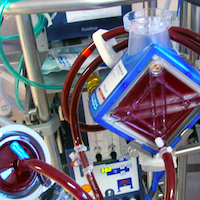
How Should ECMO Initiation and Withdrawal Decisions Be Shared?
Extracorporeal membrane oxygenation (ECMO) is a new technology used to rescue patients with severe circulatory or respiratory failure and help bridge them to recovery or to definitive therapies like device implantation or... read more
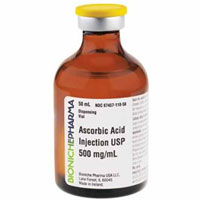
Effect of High-dose Ascorbic Acid on Vasopressor’s Requirement in Septic Shock
In this study, administration of high-dose ascorbic acid significantly decreased the requirement for vasopressor's dose and duration in surgical critically ill patients with septic shock. Several mechanisms including anti-oxidant,... read more
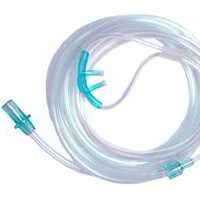
High-flow Oxygen Through Nasal Cannula in Acute Hypoxemic Respiratory Failure
In patients with nonhypercapnic acute hypoxemic respiratory failure, treatment with high-flow oxygen, standard oxygen, or noninvasive ventilation did not result in significantly different intubation rates. There was a significant... read more

Continuous RRT – Understanding Circuit Hemodynamics to Improve Therapy Adequacy
The utilization of continuous renal replacement therapy (CRRT) increases throughout the world. Technological improvements have made its administration easier and safer. However, CRRT remains associated with numerous pitfalls... read more
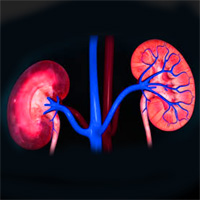
Hospital Variation in RRT for Sepsis in the United States
Use of renal replacement therapy (RRT) in sepsis varied widely among nationally sampled hospitals without associated differences in mortality. Improving renal replacement standards for the initiation of therapy for sepsis... read more

Optimizing Ceftolozane-tazobactam Dosage in Critically Ill Patients During Continuous Venovenous Hemodiafiltration
Ceftolozane-tazobactam (C/T), the combination of a new cephalosporin with a classic β-lactamase inhibitor, is currently considered the most active betalactam antibiotic against P. aeruginosa. Despite several case reports... read more

Contemporary Management of Cardiogenic Shock
Cardiogenic shock (CS) is a multifactorial and hemodynamically diverse high-acuity illness that is frequently associated with multisystem organ failure. The complexity of CS requires a widespread application of best-care... read more
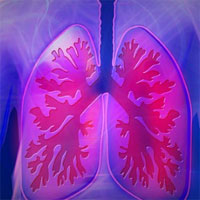
Does De-escalation of Anti-MRSA Therapy for Culture-negative Pneumonia Affect Patient Outcomes?
Nosocomial pneumonia is a common hospital-acquired infection and has a high mortality rate in the critically ill. Because drug-resistant bacteria like Pseudomonas aeruginosa and methicillin-resistant Staphylococcus aureus... read more
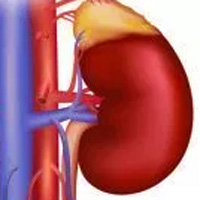
A Pilot Study Evaluating the Effect of Cooler Dialysate Temperature on Hemodynamic Stability During Prolonged Intermittent RRT in AKI
Acute kidney injury (AKI) requiring renal replacement therapy (RRT) is associated with high morbidity and mortality. Complications of renal replacement therapy include hemodynamic instability with ensuing shortened treatments,... read more

Feasibility, Safety, and Utility of Advanced Critical Care Transesophageal Echocardiography Performed by Pulmonary/Critical Care Fellows in a Medical ICU
Critical care transesophageal echocardiography is feasible, safe, and has clinical utility. It can be safely and effectively performed by fellows within the context of their critical care training with faculty supervision.... read more

Occupational Therapy for Delirium Management in Elderly Patients without Mechanical Ventilation in an ICU
Delirium has negative consequences such as increased mortality, hospital expenses and decreased cognitive and functional status. This research aims to determine the impact of occupational therapy intervention in duration,... read more

Oxygen Therapy in Acute Resuscitation
At present, evidence is lacking to support routine liberal oxygen administration in acutely ill patients and, in most circumstances, a reasonable approach is to titrate supplemental oxygen to achieve an arterial oxygen saturation... read more
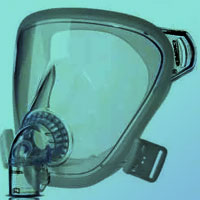
Noninvasive Ventilation as Acute Therapy
Noninvasive ventilation (NIV) is widely used in ICU patients to treat or to prevent acute respiratory failure (ARF). Whereas its physiological effects are clearly beneficial in hypercapnic patients, it could be deleterious... read more

Management of Refractory Vasodilatory Shock
Refractory shock is a lethal manifestation of cardiovascular failure defined by an inadequate hemodynamic response to high doses of vasopressor medications. Approximately 7% of critically ill patients will develop refractory... read more




